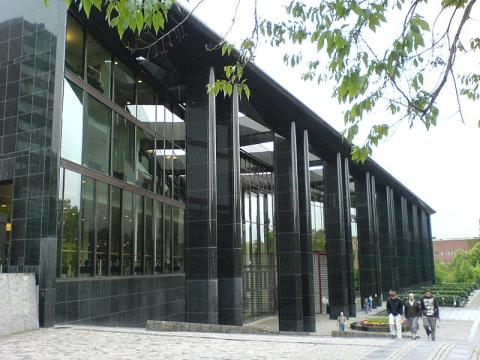The Abel Prize Laureate(s) 2024 opens the Abel Prize Lectures.
Time: May 22, 2024 at 10:00 - 14:45
Location: University of Oslo, Georg Sverdrups hus, Moltke Moes vei, 0851 Oslo
The Abel Prize lecture is a tradition during the Abel week. The Abel Prize Laureate(s) 2024 and specially invited mathematicians hold academically relevant lectures.
The Abel Prize lecture is open to the general public.
The lectures will be available later on YouTube and on Abelprize.no

EVENTS DURING THE ABEL WEEK
Monday 20. May
5 PM: Wreath-laying ceremony at the Abel monument. Abelhaugen in the Palace Park, Oslo. Open for the public
Tuesday 21. May
2 PM: Prize ceremony in the University Aula. Universitetsplassen, Karl Johans gate, Oslo.
Sign up for the prize ceremony
7 PM: The Abel Prize banquet, hosted by the Norwegian Government. Akershus Castle. By invitation only.
Wednesday 22. May
10 AM – 4 PM: The Abel Lectures, Georg Sverdrup’s house, The University of Oslo, Blindern
Sign up for the Abel Lectures
7 PM: The Abel Party. The house of The Norwegian Academy of Science and Letters, Drammensveien 78, Oslo.
Sign up for the Abel Party (Remember to give notice if you are later prohibited from attending)
Thursday 23. May
11 AM: The Holmboe Prize ceremony, Oslo Cathedral School, Ullevålsveien 31
Open for the public
Friday 24. May
The Abel Day, Stavanger
9.30-10.30 AM: The Abel Laureate visits an elementary school in Sola
10.30 AM: Activities for students
2 PM: The Abel Laureate’s lecture at The University of Stavanger
The Abel Day is hosted by The University of Stavanger (UiS), contact person Bjørn Henrik Auestad
For other questions about The Abel Week, contact project manager Pål Pettersen, DNVA